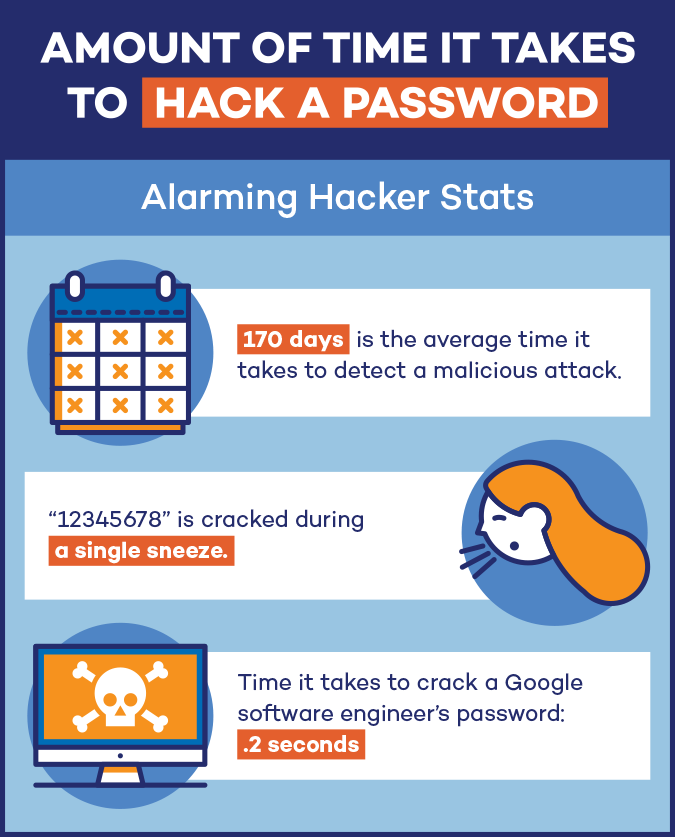
First, you can use sufficiently long, complex passwords (at least 15 characters). This type of attack can be defended against in a couple of different ways. The more possible passwords there are, the harder it is for someone to successfully login with a brute force attack. When you add in uppercase letters, special characters, and numbers, this gets even more difficult and time consuming to crack.

It becomes exponentially more difficult with a longer password because of the sheer number of possibilities.įor example, if you know that someone is using a 5 character long password, composed only of lowercase letters, the total number of possible passwords is 26^5 (26 possible letters to choose from for the first letter, 26 possible choices for the second letter, etc.), or 11,881,376 possible combinations.īut if someone is using an 11 character password, only of lowercase letters, the total number of possible passwords is 26 ^11, or 3,670,344,486,987,776 possible passwords.

This is relatively easy with a short password. This is because a security team will probably notice many, many failed login accounts from the same account, but if you can crack the password offline, you won't have a record of failed login attempts. Offline isn't always possible (it can be difficult to obtain a set of hashed passwords), but it is much less noisy. This can be done either online (so in real-time, by continually trying different username/password combinations on accounts like social media or banking sites) or offline (for example if you've obtained a set of hashed passwords and are trying to crack them offline). This type of attack involves repeatedly trying to login as a user by trying every possible letter, number, and character combination (using automated tools).

Understanding how cybercriminals execute attacks is extremely important for understanding how to secure systems against those types of attacks.Īttempting to hack a system you do not own is likely illegal in your jurisdiction (plus hacking your own systems may violate any warranty for that product). A brief note - this article is about the theory of how to crack passwords.


 0 kommentar(er)
0 kommentar(er)
